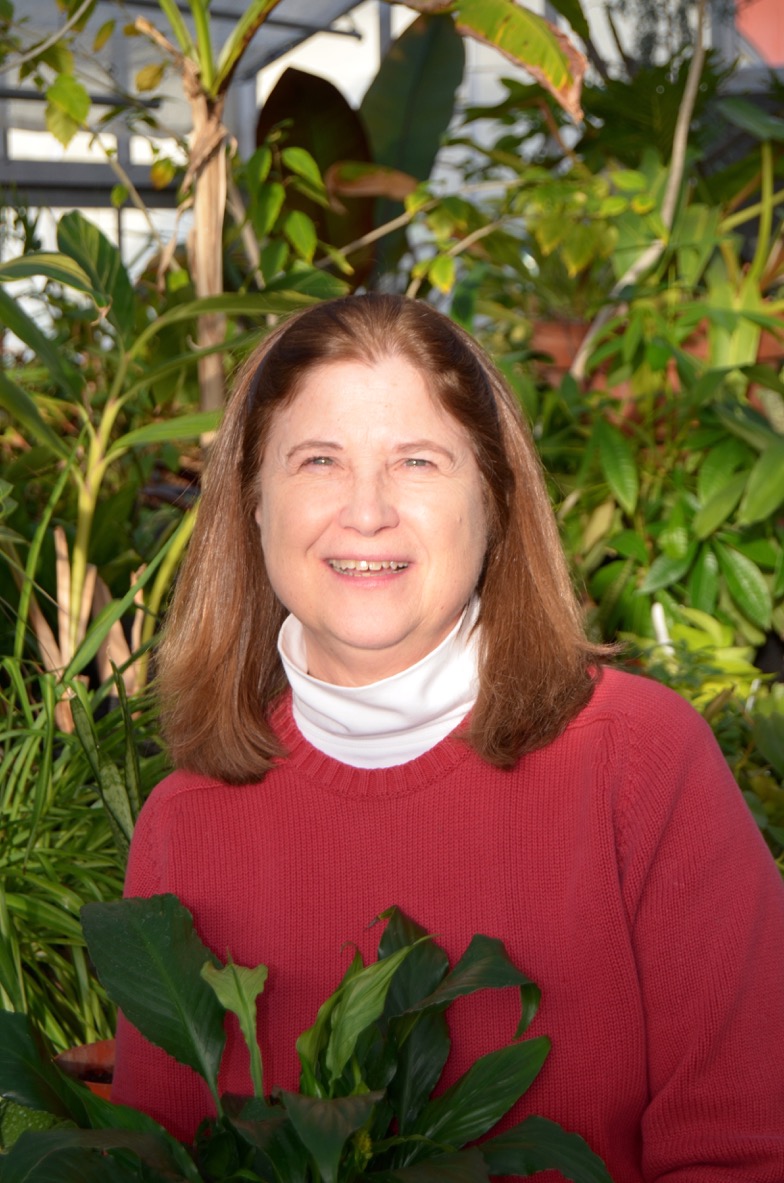Explore Haverford's Arboretum in a New Book

Details
Plant Curator Martha J. Van Artsdalen wrote the latest addition to Arcadia Publishing's popular Images of America series, which includes over 200 images (some never before published) of the College's Arboretum.
Martha J. Van Artsdalen has been plant curator for the Haverford College Arboretum for almost 14 years, and even before then, she used to volunteer in its greenhouse. So for her recent book, she decided to write what she knows. That book, Haverford College Arboretum, is the latest in Arcadia Publishing's popular Images of America series and features over 200 historical photos of the Arboretum, some of which have never been published before. We talked to Van Artsdalen, a former newspaper editor who earned her journalism degree from Syracuse University, about the book's creation, the campus landscape's history, and the Arboretum's stand-out specimens.

Haverford College: Why did you decide to write this book?
Martha J. Van Artsdalen: I’ve wanted to pull together the pieces of the Arboretum’s history for a long time. Since people seem to love looking at old photographs, and I’m fascinated by historical tidbits, it made sense to match it all up.
HC: What little-known fact about it would people would be surprised to learn?
MVA: People are always surprised to hear that the bulk of the campus was farmland for the College’s first 100 years. Students shared the space with cows, pigs, and chickens. This led to more than a few schoolboy antics like letting chickens loose in the halls of Barclay soon after it was built.
HC: You obviously know the Arboretum very well, but what did you learn about it in researching this book that you hadn't known before?
MVA: Meetinghouse Walk, a stone pathway flanked by old ginkgo trees, was first planted with two lines of lindens bordering a wooden walkway.
HC: What do you hope readers take away from your book?
MVA: I hope readers will understand that the landscape is an important part of what makes Haverford College special. It takes generations to build, and is not easily replaced. In the past, many people worked hard to create what we now enjoy. We need to continue that legacy.
HC: What do you think is the "crown" tree in the Arboretum's collection?
MVA: The “crown” tree in the collection has to be our 1915 Penn Treaty Elm on Barclay Beach. Stand under its huge canopy, and you’ll get a feel for why trees served as meeting spots for early colonists. This tree is a direct descendant, a great-grandchild, of the American elm under which William Penn made a pact of peace with Native Americans in 1682. Its parent tree shaded Founders Green from 1840 until July 1977.
HC: Where is your favorite place in the Arboretum?
MVA: I have several favorite places in the Arboretum: the shady Smith-Magill Garden at the Carvill Arch, Meetinghouse Walk, and the Nature Trail.



